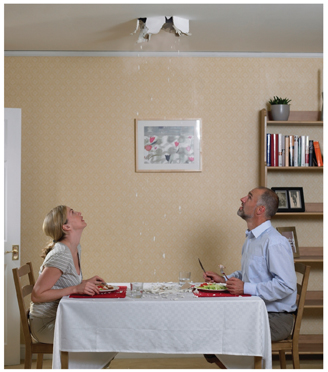 Additional Living Expense (ALE) coverage is one of those broad coverages that can bedevil adjusters, agents, and insureds alike. Even so, it is one of my favorite topics.
Additional Living Expense (ALE) coverage is one of those broad coverages that can bedevil adjusters, agents, and insureds alike. Even so, it is one of my favorite topics.
So just what exactly makes a residence "unfit to live in"? Must the entire house or merely part of the dwelling be uninhabitable? A recent question concerns a family with a covered water loss. Although the house is intact, the health department has deemed the water supply no longer safe because of the water leak. The insurance carrier did not want to pay to relocate the family because the house was intact. This is an incorrect interpretation, however, as a habitable dwelling comprises more than just a solid structure. If the insureds cannot use the water or other utilities because of a covered loss, then the carrier must pay to relocate the family. In this situation, the family must be relocated to a place with potable water.
Another situation that often arises is when the contents are damaged but the dwelling is intact. The policy in question is an HO 04 tenant's policy. Without contents, a person will not be able to maintain a normal standard of living. Without a bed, sleeping is certainly uncomfortable, and without tables, chairs, and other furniture, daily living is practically impossible. Therefore, when the contents are destroyed the insured is entitled to additional living expenses and relocation until the contents can be replaced.
Want to continue reading?
Become a Free PropertyCasualty360 Digital Reader
Your access to unlimited PropertyCasualty360 content isn’t changing.
Once you are an ALM digital member, you’ll receive:
- All PropertyCasualty360.com news coverage, best practices, and in-depth analysis.
- Educational webcasts, resources from industry leaders, and informative newsletters.
- Other award-winning websites including BenefitsPRO.com and ThinkAdvisor.com.
Already have an account? Sign In
© 2024 ALM Global, LLC, All Rights Reserved. Request academic re-use from www.copyright.com. All other uses, submit a request to [email protected]. For more information visit Asset & Logo Licensing.








